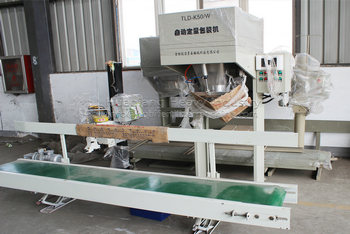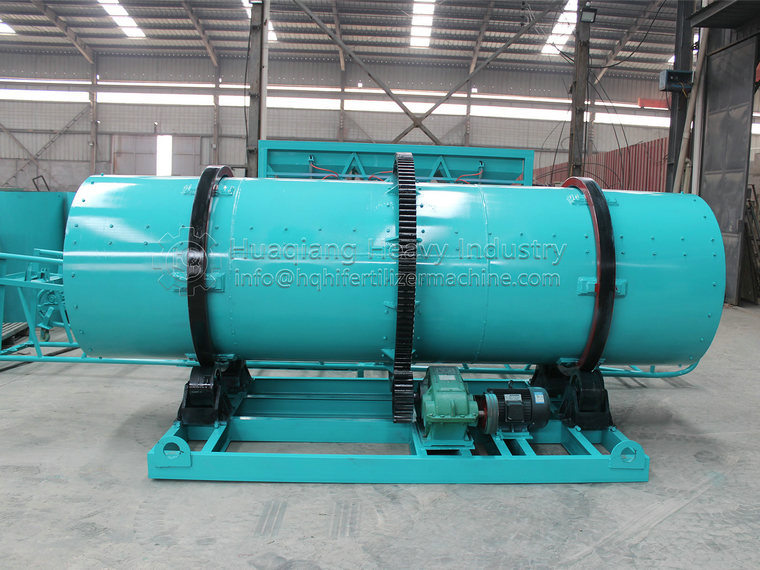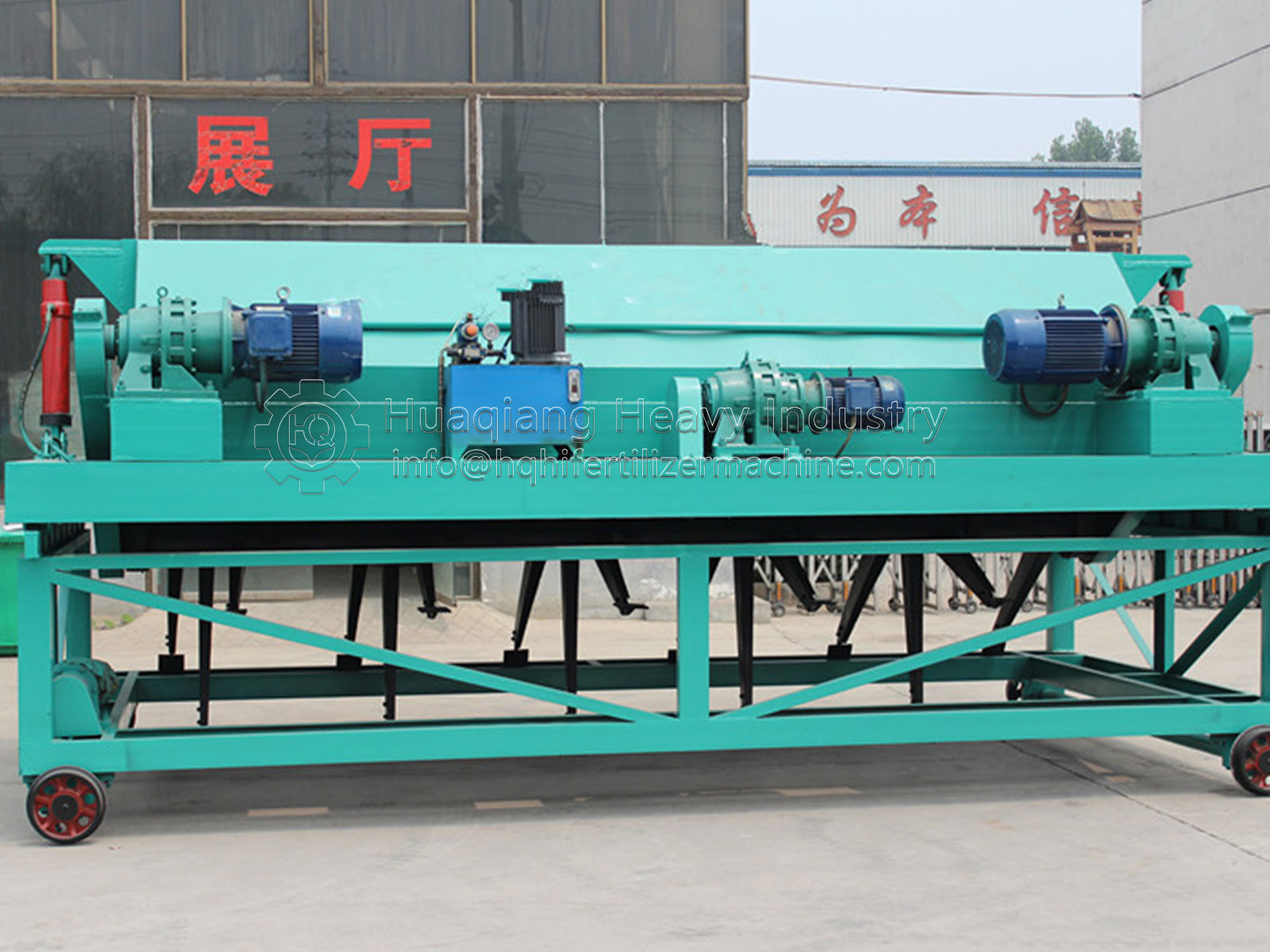The npk manufacturing process can usually be divided into: raw material batching, raw material mixing, raw material granulation, particle drying, particle cooling, particle classification, finished product coating, and final product packaging. The complete set of equipment has less investment, quick effect and good economic benefits. The complete set of equipment has a compact process layout, is scientific and reasonable, saves energy and reduces consumption, and has stable and reliable operation.
In the fertilizer production process, a factor that is not well controlled will affect its organic fertilizer effect. In the field of continuous bulk solids processing equipment, residence time may be one of the most influential variables in process settings, especially in rotary dryers, rotary kilns , rotary drum granulator, or other types of drums when processing materials.
.jpg)
Residence time is the amount of time a material is processed in a given facility. In most process settings, a specific retention time must be able to be achieved to achieve its intended goal. For example, the need to achieve a specific moisture content, initiate or complete a chemical reaction or phase transition, form particles within a desired particle size distribution, etc.
For example, in terms of quality, a spin dryer without a proper understanding of the retention time can cause the material to reach the target moisture level prematurely in the drum, meaning the material will continue to dry for the remainder of the time. This can cause the material to overdry and break down into fine powder. Likewise, if the drum is not long enough to accommodate the necessary retention time, the material may exit the drum before reaching the desired moisture content, still not reaching the desired target particle size. In other cases, the quality may not be compromised, but the drum size may be too large, resulting in reduced efficiency. Therefore, in the production process of the npk fertilizer production line, it is necessary to control the time rhythm and pay more attention to the temperature, humidity, size and shape of the material.


.jpg)
.jpg)
.jpg)


